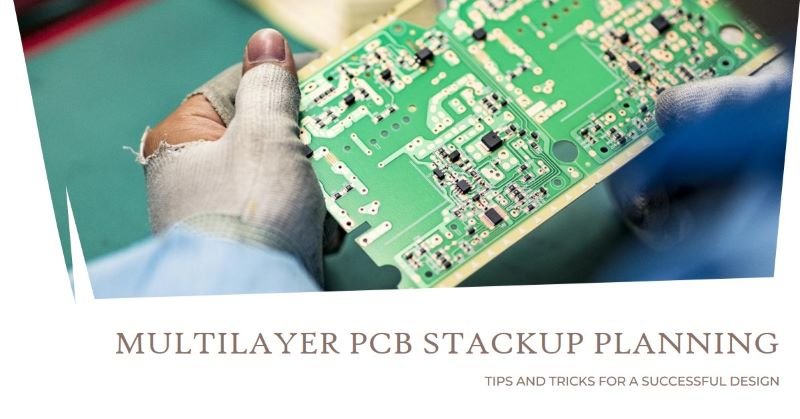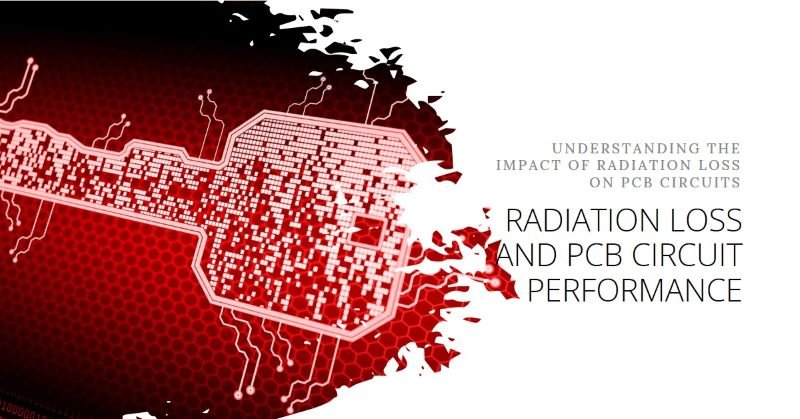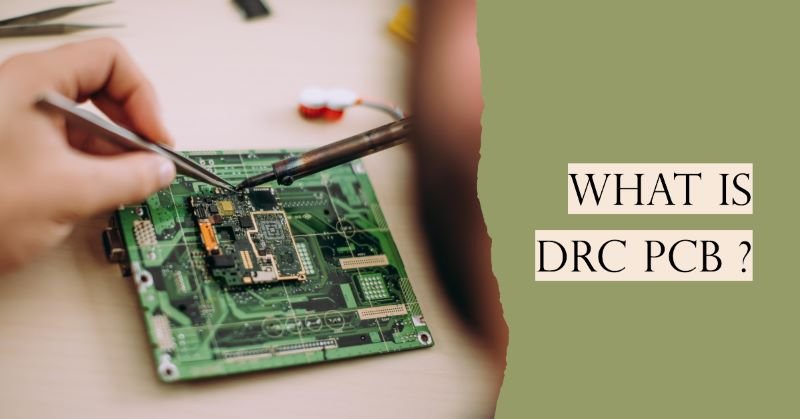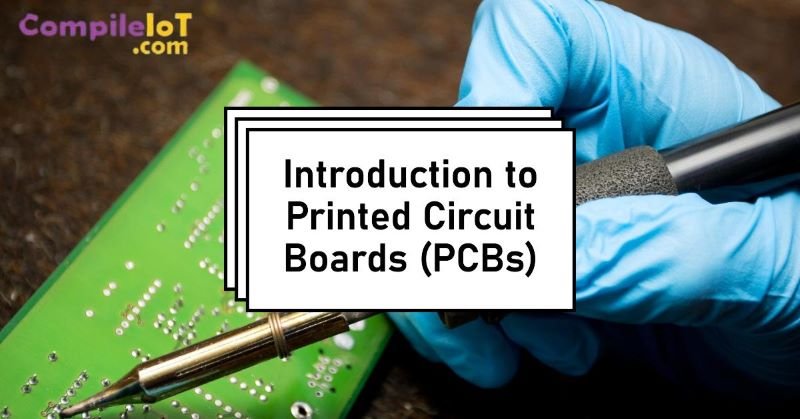How to Plan Multilayer PCB Stackup?
Multilayer PCBs (Printed Circuit Boards) are essential in modern electronics due to their ability to support complex circuitry in a compact form factor. Proper stackup planning is crucial to ensure optimal performance, reliability, and manufacturability of these boards. A well-planned PCB stackup can significantly impact signal integrity, thermal management, and overall mechanical stability. This article will guide you through the key concepts and considerations for planning a multilayer PCB stackup, helping you make informed decisions to achieve your design goals.
Understanding Multilayer PCB Stackup
A PCB stackup refers to the arrangement and layering of different materials and copper layers in a printed circuit board. It dictates how the layers are stacked upon one another, including the placement of signal layers, power planes, and ground planes. The stackup design affects the electrical and mechanical properties of the PCB, including impedance, signal integrity, and thermal performance.
Types of Multilayer PCBs
Multilayer PCBs are categorized based on the number of layers they have. Common types include:
- 4-Layer PCBs: Typically used in medium-complexity designs. They usually include two signal layers and two internal layers that are dedicated to power and ground planes.
- 6-Layer PCBs: Offer more routing options and are used in designs requiring additional signal layers. A common configuration is having two signal layers on the outer sides and four internal layers, with two dedicated to power and ground planes and the remaining two for additional signal routing.
- 8-Layer PCBs and Beyond: Used for highly complex designs with numerous signals and tight spacing. These boards often have multiple signal layers interleaved with power and ground planes to support high-speed, high-density applications.
Key Components of a PCB Stackup
A typical PCB stackup consists of:
- Signal Layers: Carry the electrical signals.
- Power Planes: Distribute power to different parts of the circuit.
- Ground Planes: Provide a common reference point for signals and reduce noise.
- Dielectric Layers: Insulate and separate the copper layers, impacting the board’s electrical and thermal properties.
Key Considerations in Stackup Planning
Electrical Performance
- Signal Integrity: Ensures that signals maintain their intended waveform and timing as they travel through the PCB. Poor signal integrity can lead to errors and degraded performance. Key factors affecting signal integrity include trace impedance, crosstalk, and the quality of the signal return path.
- Impedance Control: Critical for high-speed digital circuits. Proper impedance matching between the PCB traces and external components ensures minimal signal reflection and loss. The stackup design, including the dielectric material and thickness, plays a crucial role in controlling impedance.
- Crosstalk and Noise Considerations: Crosstalk refers to unwanted interference between adjacent signal traces. Proper spacing, shielding, and layer stacking can help mitigate crosstalk and other forms of electrical noise.
Thermal Management
- Heat Dissipation: Efficient thermal management is essential to prevent overheating and ensure reliable operation. Heat dissipation strategies include using thermal vias, heat sinks, and spreading layers that distribute heat away from sensitive components.
- Thermal Vias and Pads: These are used to transfer heat from one layer to another or to the outer surface of the PCB. Proper placement and design of thermal vias and pads help in maintaining thermal balance and preventing localized overheating.
Mechanical Strength
- Layer Bonding: The strength of the PCB is influenced by how well the layers are bonded together. Strong bonding ensures durability and reliability, especially in high-stress applications.
- Flexibility vs. Rigidity: Depending on the application, a PCB may need to be flexible or rigid. Flexible PCBs offer versatility in design but may require different stackup considerations compared to rigid boards.
Layer Types and Functions
Signal Layers
- High-Speed Signals: These layers are critical for transmitting fast data with minimal delay and signal degradation. They require careful stackup planning to ensure signal integrity and minimal interference.
- Analog vs. Digital Signals: Analog signals are susceptible to noise and require careful routing and shielding. Digital signals, on the other hand, benefit from impedance control and minimized crosstalk. Separate layers for analog and digital signals can help prevent interference between them.
Power and Ground Planes
- Purpose and Benefits: Power planes distribute voltage to different parts of the circuit, while ground planes provide a common return path for signals. Properly designed power and ground planes help in reducing electromagnetic interference (EMI), improving signal integrity, and enhancing overall PCB performance.
- Placement Strategies: Power and ground planes should be placed strategically to minimize impedance and noise. They are often positioned between signal layers or on dedicated layers to ensure stable and reliable power distribution.
Shielding Layers
- EMI Shielding: Shielding layers help block electromagnetic interference that can affect the performance of the PCB. They are particularly important in sensitive or high-frequency circuits where EMI could cause malfunctions or degrade signal quality.
- Ground Planes vs. Dedicated Shields: Ground planes can serve as shields by providing a continuous conductive path that absorbs and redirects EMI. In some cases, dedicated shielding layers or materials may be used to provide additional protection against EMI.
Stackup Design Process
Initial Planning
- Define Requirements (Size, Number of Layers, etc.): The first step in planning a PCB stackup is to define the project requirements. This includes the physical dimensions of the PCB, the number of layers needed, and any specific design constraints such as component placement or thermal management needs. Understanding the functional requirements of the PCB helps determine the appropriate stackup configuration.
- Determine Layer Stack Sequence: Once the requirements are defined, establish the sequence of layers in the PCB stackup. This sequence typically includes alternating signal layers with power and ground planes. The arrangement should support optimal signal integrity, thermal management, and manufacturability.
Layer Pairing and Separation
- Inner vs. Outer Layers: In a multilayer PCB, outer layers are often used for critical signal routing and component placement, while inner layers typically handle power distribution and additional signal routing. The stackup design must ensure that outer layers are properly shielded and that inner layers are strategically placed to support overall circuit functionality.
- Pairing Signal Layers with Ground or Power Planes: Signal layers should be paired with adjacent ground or power planes to improve signal integrity and reduce noise. Proper pairing helps control impedance and minimizes crosstalk. In a typical stackup, signal layers are sandwiched between ground and power planes, with each pair of layers acting as a reference plane for the adjacent signal layer.
Impedance and Trace Considerations
- Calculating Trace Impedance: Impedance control is crucial for high-speed signal integrity. Use impedance calculators or simulation tools to determine the appropriate trace width, spacing, and layer stackup to achieve the desired impedance. Accurate calculations help prevent signal degradation and ensure reliable performance.
- Trace Width and Spacing: Trace width and spacing are key factors in determining the impedance of PCB traces. Wider traces typically have lower impedance, while narrower traces have higher impedance. Proper spacing between traces also helps reduce crosstalk and interference. Design guidelines and standards should be followed to achieve optimal trace dimensions.
Tools and Software for Stackup Design
PCB Design Software
- Overview of Popular Tools (e.g., Altium Designer, KiCad): Several PCB design software tools can assist in stackup design and analysis. Altium Designer is known for its comprehensive design features and user-friendly interface, while KiCad offers a free and open-source option with robust stackup management capabilities. These tools allow designers to define and visualize stackup configurations, perform simulations, and generate manufacturing files.
Stackup Calculators
- Impedance Calculators: Impedance calculators help designers determine the appropriate trace dimensions and stackup configuration to achieve desired impedance levels. These calculators use parameters such as trace width, layer thickness, and dielectric constants to provide accurate impedance values.
- Layer Stackup Calculators: Layer stackup calculators assist in designing the overall stackup configuration by providing insights into the effects of different layer arrangements on electrical and mechanical properties. They can help optimize layer thicknesses, spacing, and material choices to meet design requirements.
Manufacturing and Fabrication Considerations
Material Selection
- FR4 vs. Other Substrates: FR4 is the most common substrate material for PCBs, known for its balance of performance, cost, and availability. However, other materials like Rogers, Arlon, or flexible substrates may be used for specialized applications requiring higher performance or flexibility. Material selection impacts factors such as dielectric constant, thermal conductivity, and overall board performance.
- Dielectric Constants and Loss Factors: The dielectric constant of the PCB material affects impedance and signal integrity. Loss factors, including dielectric loss and conductor loss, influence signal attenuation. Selecting materials with appropriate dielectric properties helps ensure optimal performance for high-speed and high-frequency applications.
Tolerance and Stackup Variability
- Impact on Final Product: Variability in the PCB stackup can affect the final product’s performance, including impedance mismatches, signal integrity issues, and thermal management problems. Design tolerances must be carefully considered to account for manufacturing variations and ensure the final product meets specifications.
- Communication with PCB Manufacturers: Effective communication with PCB manufacturers is crucial for successful stackup design and fabrication. Provide detailed stackup specifications, material choices, and design constraints to ensure that the manufacturer can produce the PCB according to your requirements and quality standards.
Best Practices and Common Pitfalls
Best Practices
- Regular Design Reviews: Conduct regular design reviews throughout the stackup design process to identify and address potential issues early. Collaboration with team members and stakeholders helps ensure that all aspects of the design are considered and that any modifications are made in a timely manner.
- Simulation and Testing: Use simulation tools to analyze the electrical and thermal performance of the PCB stackup before fabrication. Testing prototypes and validating design assumptions help verify that the stackup meets performance requirements and identify any necessary adjustments.
Common Pitfalls
- Overlooking Thermal Issues: Failing to address thermal management in the stackup design can lead to overheating and reliability issues. Ensure that heat dissipation strategies, such as thermal vias and adequate spacing, are incorporated into the stackup design.
- Inadequate Impedance Control: Poor impedance control can result in signal integrity problems and performance degradation. Ensure that impedance calculations are accurate and that the stackup configuration supports proper impedance matching for high-speed signals.
Conclusion
In conclusion, Effective stackup planning is essential for designing high-performance multilayer PCBs. By carefully considering layer arrangement, impedance control, thermal management, and material selection, you can create a stackup that meets your design requirements and ensures reliable performance. Following best practices, using appropriate tools, and avoiding common pitfalls will help you achieve a successful PCB design and manufacturing process.








